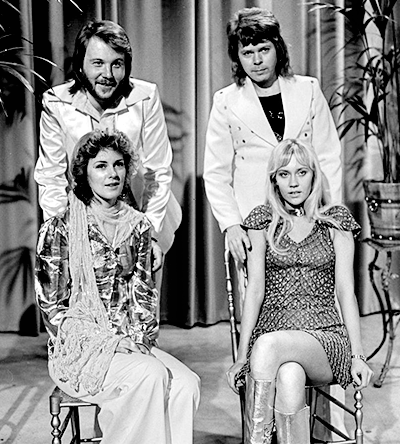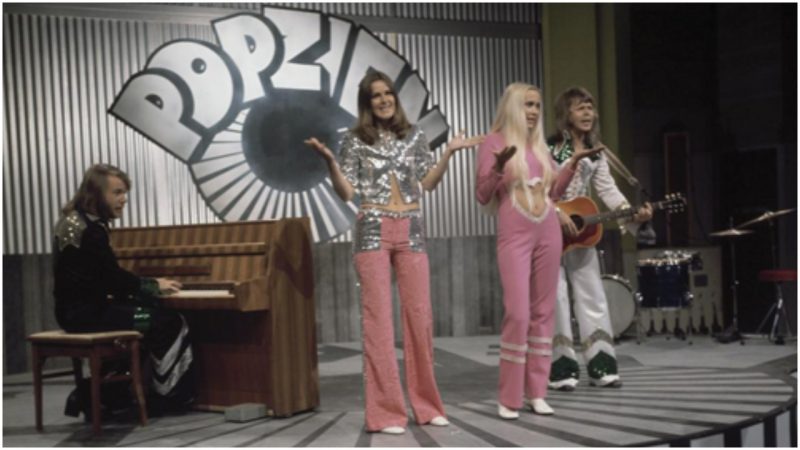ABBA are one of the most popular and commercially successful Swedish artists and performers.
Their way to the top and their status as pop icons during the 1970s did not come overnight though. At the beginning of the decade, it was first Björn & Benny who collaborated together and released few singles in their native country. The ladies also had their solo careers.
The major figure which stood behind them was Stig Anderson. He was the founder and owner of Polar Music, the record company that pushed ABBA towards international success. Anderson had predicted the fame of Björn & Benny by stating: “One day, you will write a song which will become a worldwide hit.” His premonition was right, and once Agnetha and Anni-Frid were in the collective, they produced not only one, but many hits.

In the early 1970s, the first signs of international success were there. Andersson and Ulvaeus had released a single entitled She’s My Kind of Girl that placed them in the top 10 on the Japanese charts. Consequently, two more singles were released in the Far East country.
By 1972, the group was gradually forming. They worked on their first song together, People Need Love, which was placed among the top 20 in Sweden. That was also the first song of the Swedish band that appeared in the States, regardless the fact that its rankings were low.
By September that same year, the collective was working on their first album. Agnetha and Anni-Frid shared their vocals for Nina, Pretty Ballerina which eventually became a huge hit in Austria. At that point, the four of them were aware, more than ever, that when their talents are combined, something good and promising is guaranteed. Further on, Stag Anderson widely encouraged Bjorn and Benny to write a song that will compete for Melodifestivalen, the Swedish national competition which elected the participant for the Eurovision song contest.

Finally, on 10th February 1973, the four of them competed at the Melodifestivalen with the song Ring Ring. Many deemed that the song was the favorite in the competition, but the results at the end of the evening were disappointing; they came third. Regardless the placement, Ring Ring persisted as a hit in numerous European countries, and it was also successful as far as in South Africa. This song also stood as the title of their first album, which was attributed to Björn Benny & Agnetha Frida.
The name ABBA appeared later. Reportedly, the first time “ABBA” popped up as a name, was while the group members recorded in a studio in Stockholm. The names of all members were written on a piece of paper and subsequently crossed out with large letters reading “ABBA.” The date on the paper reads 16th October 1973.
However, the real deal everybody sought was a breakthrough and success in the UK and the USA. In 1974, they gave one more try for the Eurovision Song Contest. They won the Swedish national competition and were set to perform at the Dome in Brighton, United Kingdom. Their triumph in Brighton marked the first success of Sweden in the contest. It became evident that Swedish pop will dominate the world charts in the years to come. In their career span of almost a decade, ABBA produced eight studio albums and toured many countries around the world.
ABBA released their final album a long time ago, but they still make living legends, and their songs are appreciated cross-generations. Nowadays, fans of ABBA can enjoy a unique interactive experience of the Swedish band in Stockholm, where a dedicated museum was opened in 2013.
There is a section of the museum called “Waterloo, ” and it’s made to resemble Brighton during the 1974 Eurovision night. The museum has many interesting features such as “Benny’s Pia,” allegedly, a self-playing piano which is connected to Benny’s private piano in his house; it plays every time he does. Interesting enough, there is also a “Ring Ring” telephone- a special telephone device installed in the museum with a number known only by the four members of ABBA.
